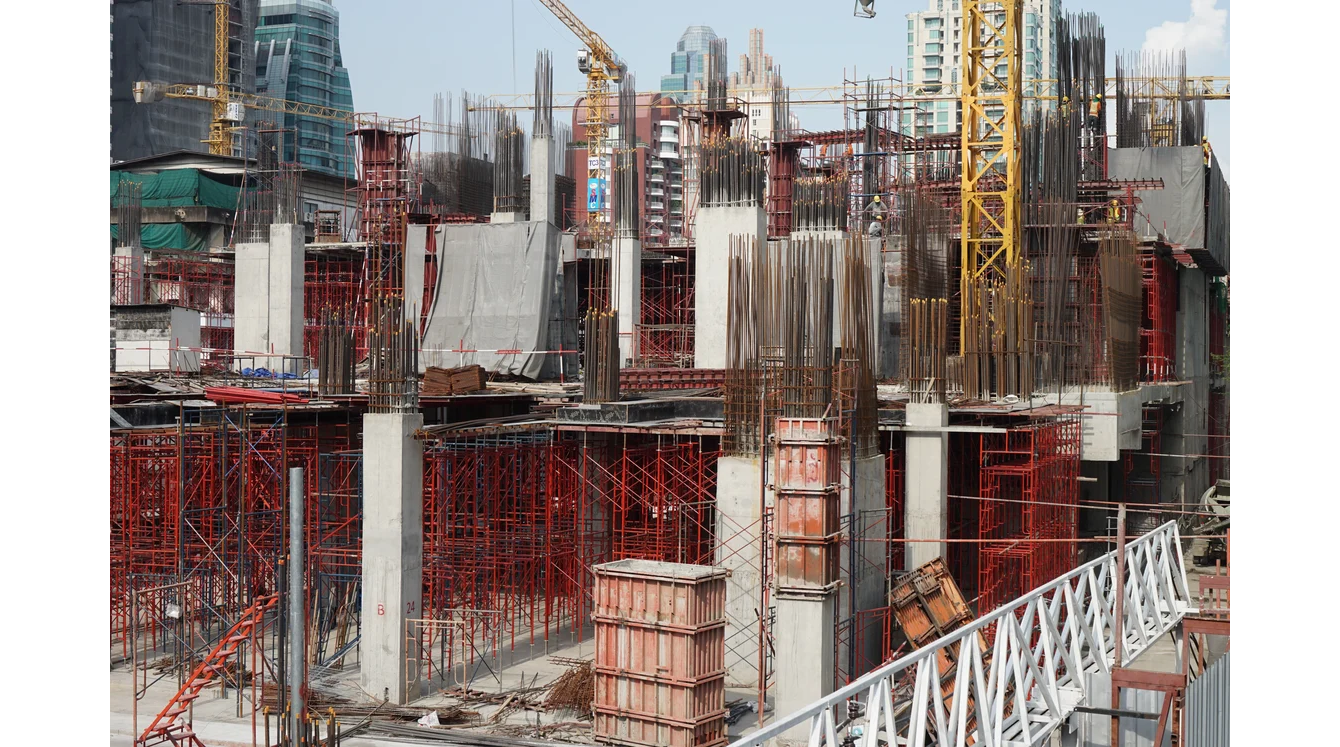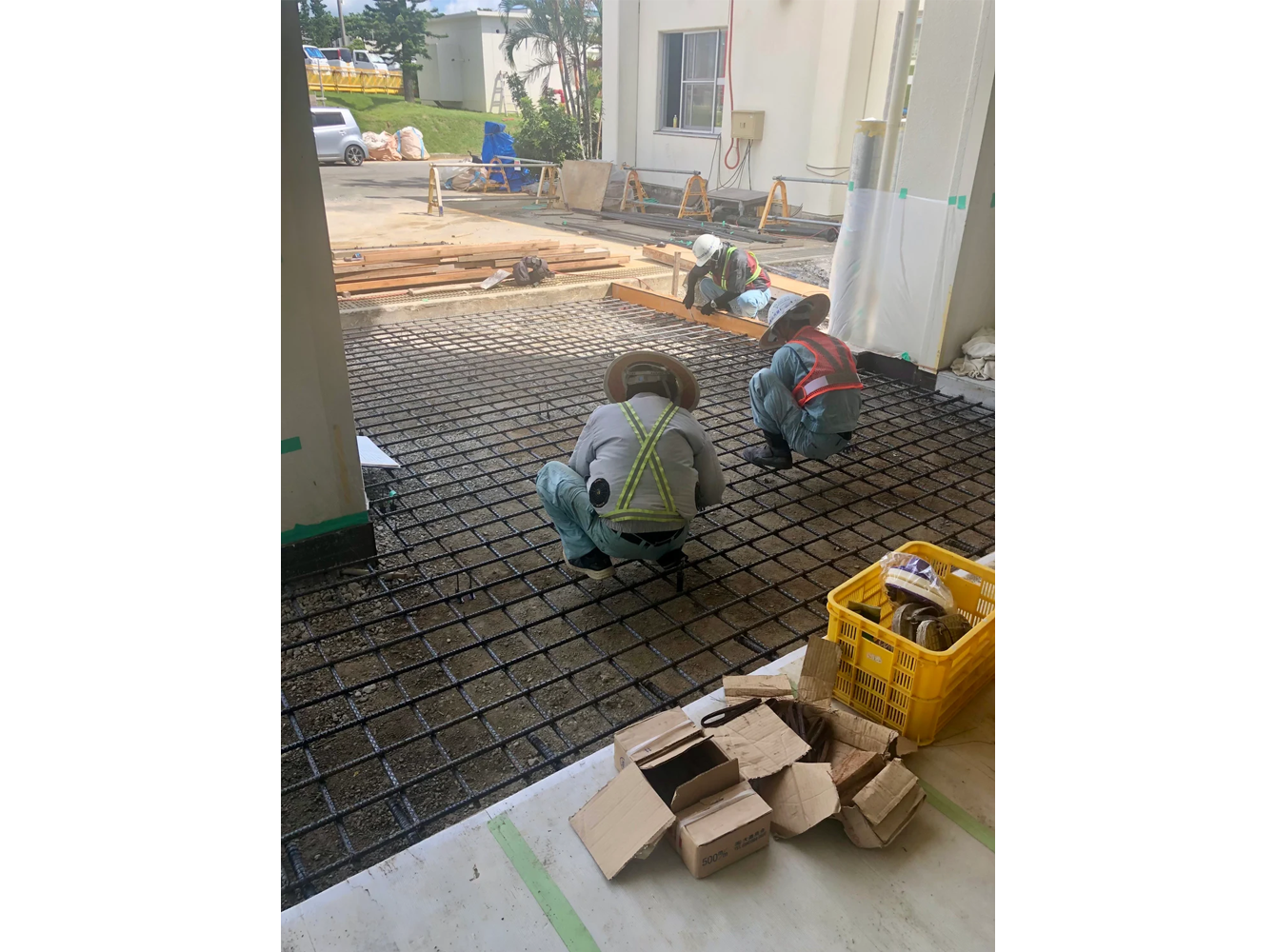Four Fundamental Questions a Surety Should Ask Themselves When Considering Whether to Retain or Replace a Contractor Following Default
The vast majority of bonded projects proceed without incident, with work being completed on time, subcontractors receiving payment, and the project reaching successful completion to the satisfaction of all parties involved. However, in the uncommon event that issues arise leading to the termination of a contractor or the bond’s Principal, DBI Projects’ Surety Claims Practice becomes actively engaged to address the matter.
Once the legitimacy of the claim is established, there are Four Fundamental Questions a Surety Should Ask Themselves When Considering Whether to Retain or Replace a Contractor Following Default.

1) What is the financial health and solvency of the contractor?
A rigorous financial analysis is requisite to ascertain the contractor’s ability to fulfill its remaining obligations under the contract. This includes a comprehensive review of the contractor’s cash flow statements, working capital, balance sheets, project backlog, and other relevant financial documentation that provide insight into the contractor’s liquidity, solvency, and financial viability.
If the contractor is solvent and has adequate financial resources to complete the project, the root cause of the default may be remedied without substantial disruption. In such cases, the surety may elect to retain the original contractor, thus avoiding the procedural complications and delays associated with a re-bid. However, where circumstances necessitate, more nuanced interventions may be required, potentially involving litigation or alternative dispute resolution mechanisms.
Example:
In one instance, DBI intervened when a contractor defaulted due to an inability to meet subcontractor payments. A forensic examination of the contractor’s financials revealed a substantial cash flow deficiency, primarily stemming from delayed payments on a separate project. With this understanding, DBI consulted with the surety to facilitate a line of credit to the contractor enabling the fulfillment of their obligations, contingent upon a structured repayment agreement. This financial arrangement allowed the contractor to continue performance without further disruption, avoiding the need for litigation or formal mediation.
2) Does the contractor possess the requisite physical capacity to complete the work?
The surety must assess whether the contractor retains the necessary human, material, and technical resources to complete the project. This evaluation includes an analysis of the contractor’s workforce, leadership structure, subcontractor and supplier relationships, and the availability of plant and equipment critical to the performance of the remaining work.
Example:
A surety was notified of a contractor’s default on a road construction project in Pennsylvania. A detailed review revealed a significant shortage of specialized machinery required for the project. Due to the seasonal nature of roadwork in northern climates, the contractor had overextended its equipment on concurrent projects, resulting in insufficient availability for the current contract. DBI advised the surety that retaining the contractor would necessitate expensive equipment leases, thereby inflating project costs. Consequently, DBI recommended terminating the original contractor and initiating a competitive bidding process to identify a completion contractor capable of fulfilling the project requirements, thereby reducing the likelihood of disputes that could lead to litigation.

3) What are the prevailing market conditions for securing an alternate or replacement contractor?
The process of replacing a contractor is fraught with challenges, not least because market conditions for contracting services are highly variable, influenced by both macroeconomic forces and local market dynamics. Factors such as contractor availability, labor shortages, material costs, and supply chain disruptions must all be weighed in evaluating the feasibility of a replacement contractor.
Example:
In another case, DBI was engaged to assist a client facing the termination of a contractor on a military infrastructure project located on a remote island approximately 5,000 miles from the U.S. coast. Given the highly specialized nature of the work, compounded by logistical difficulties inherent in such a remote location, DBI quickly recognized that securing a qualified replacement contractor with the necessary workforce and equipment would be extraordinarily challenging. DBI advised the surety that retaining the original contractor, despite operational inefficiencies, was the more prudent course, as a transition to a new contractor would likely result in excessive delays and cost overruns. Moreover, DBI worked closely with the obligee to provide the contractor with additional resources to fortify their capacity and facilitate timely completion, thereby avoiding the need for potential mediation or disputes.
4) Will the obligee/owner permit the contractor to complete the work?
In some instances, the relationship between the obligee and contractor may have deteriorated to such an extent that the obligee categorically refuses to permit the original contractor to complete the project. In such cases, the contract may be re-bid, and a new completion contractor may be selected. Conversely, the impact of contractor termination on the project’s schedule and budget may be so severe that the only viable option is to pursue a strategy of retention, coupled with effective communication and issue resolution, potentially through alternative dispute resolution processes.
Example:
DBI provided consulting services for a large-scale senior housing development project where the contractor had defaulted. Due to irreparable breakdowns in communication and trust between the contractor and the obligee, the parties were no longer able to collaborate effectively. Despite this, the project had stringent budgetary and timeline constraints. DBI facilitated communication between the contractor and obligee, effectively mediating disputes and ensuring that necessary approvals were processed in a timely manner. As a result, the project was completed on schedule and within budget, even though the two parties never engaged directly with one another. In this case, mediation facilitated the resolution of key issues, preventing escalation into formal litigation.
Conclusion
The aftermath of a contractor default necessitates a methodical, reasoned approach to decision-making. Rash or impulsive actions can exacerbate the situation, resulting in significant financial and operational repercussions for both the surety and the obligee. A dispassionate, objective assessment by an experienced third-party consultant, such as DBI’s Surety Claims Practice, is critical in preserving the integrity of the project, mitigating risk, and safeguarding stakeholder interests. Through our construction expertise and deep contractual knowledge, we provide strategic guidance that enables sureties and obligees to navigate complex contractor defaults and deliver projects to successful completion, potentially avoiding costly litigation or the need for protracted mediation or alternative dispute resolution processes.
John Steele leads DBI’s Surety Practice with over 25 years of experience providing surety consulting services. Since its inception, DBI has overseen more than 900 real estate and capital projects across the United States and internationally.



